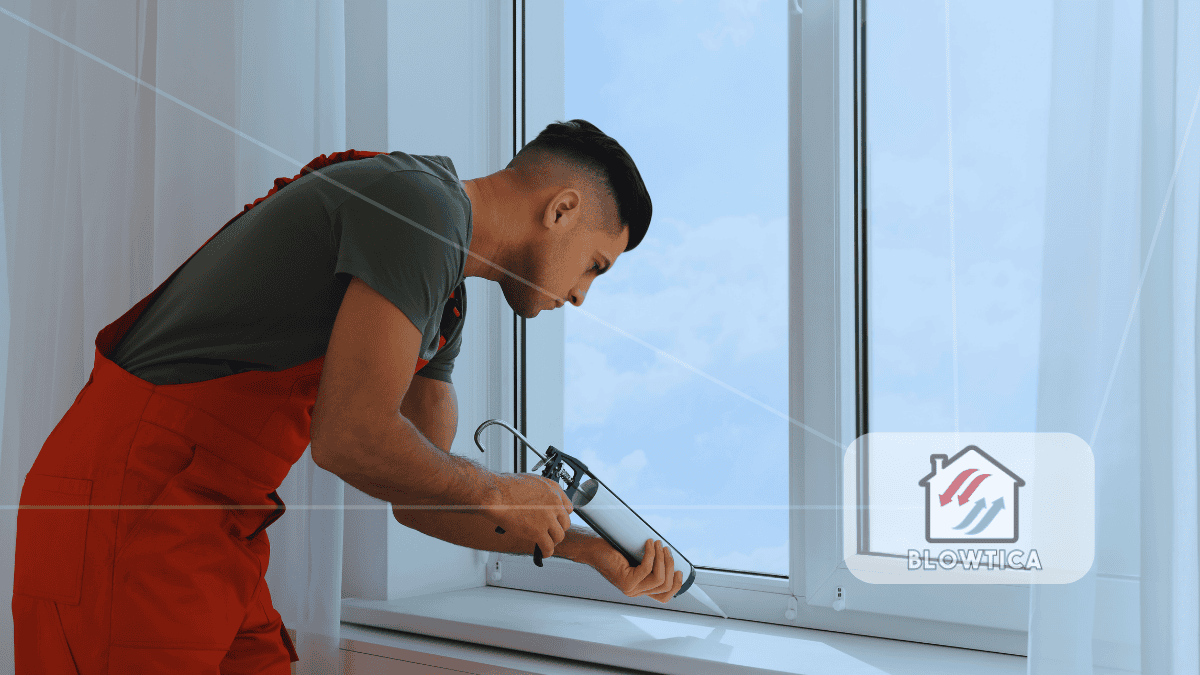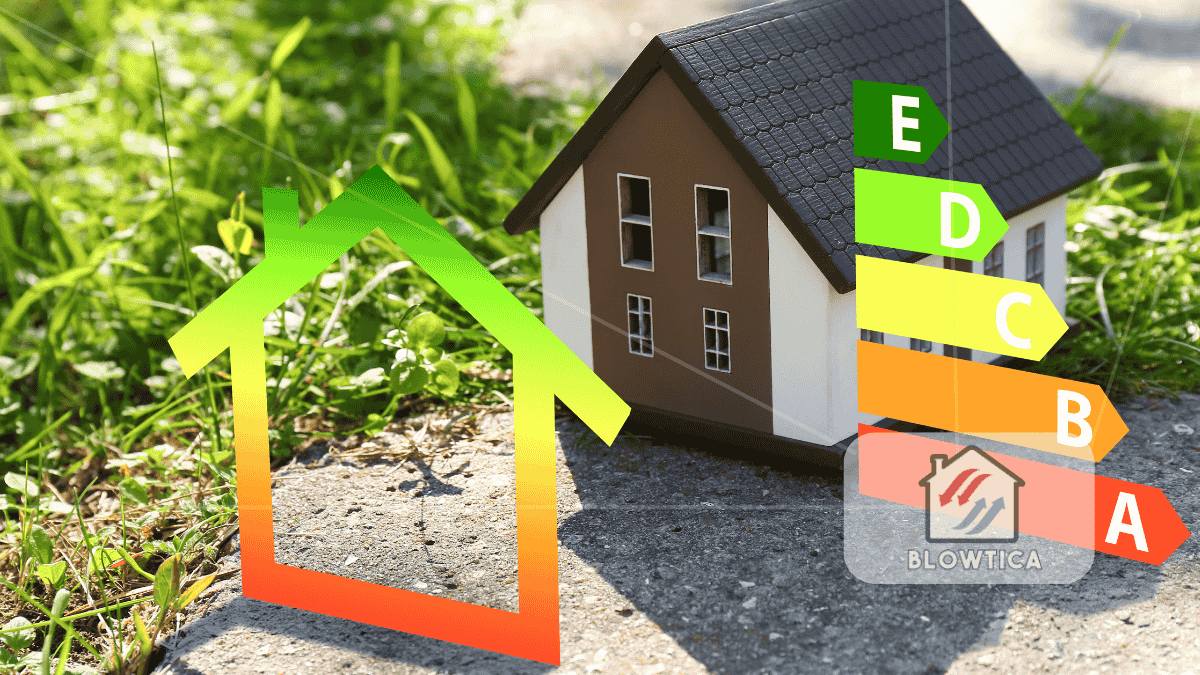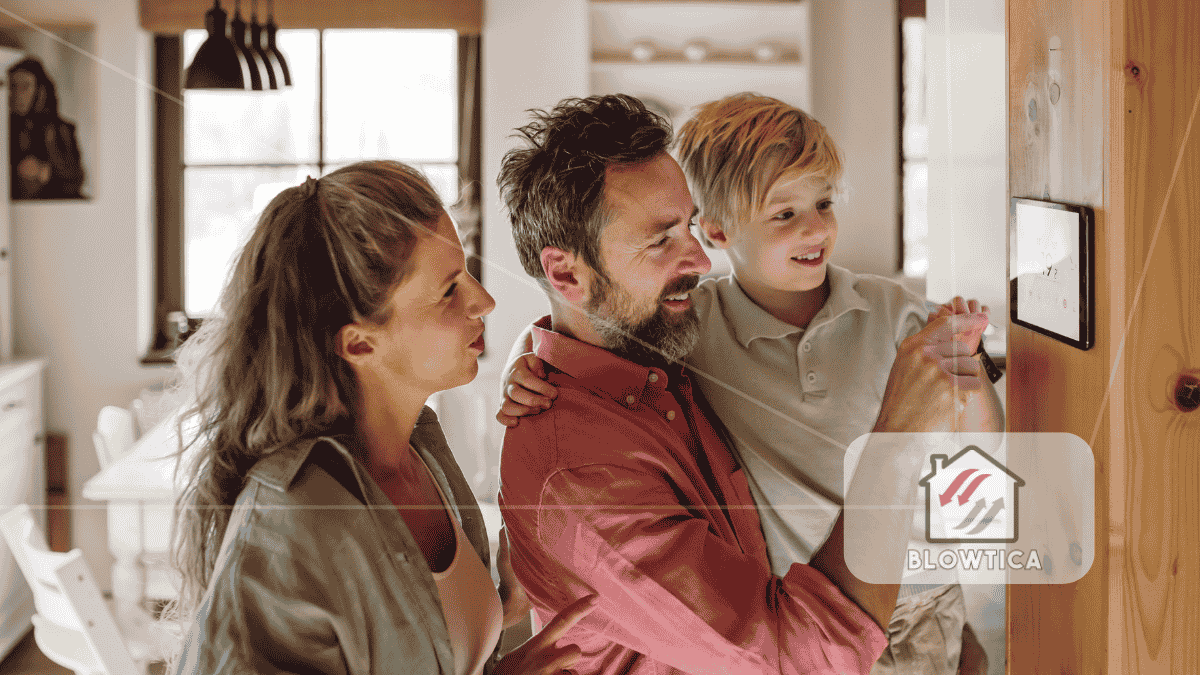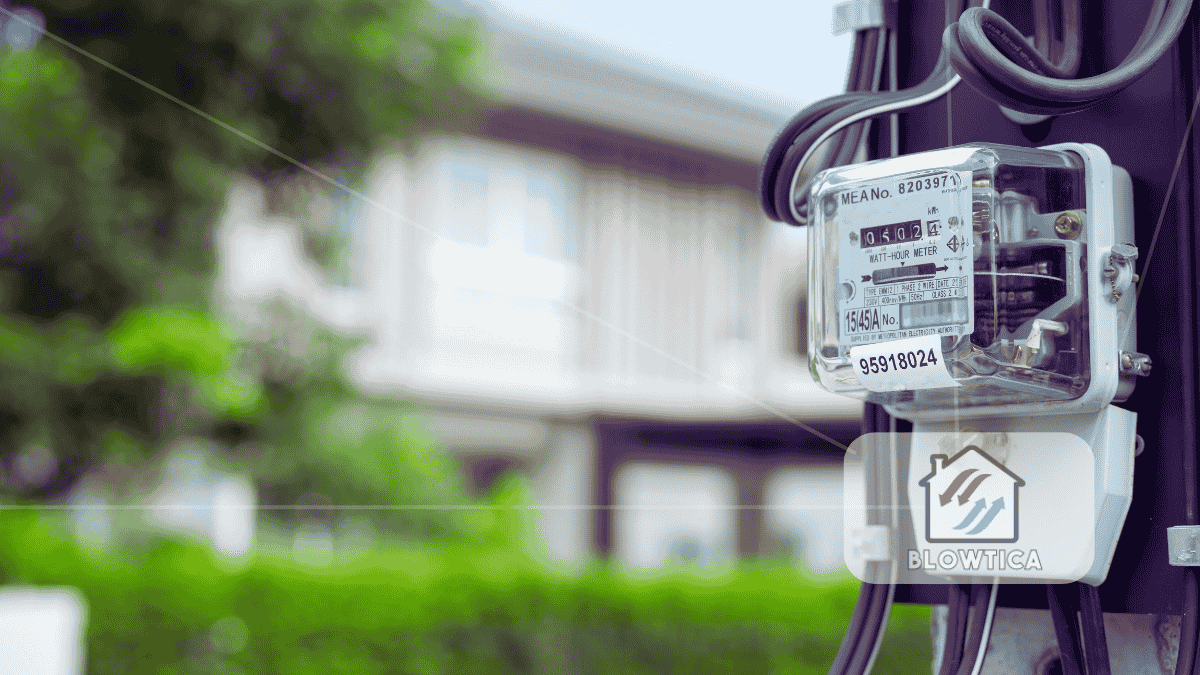
When temperatures swing wildly, energy bills tend to follow. Whether it’s the scorching heat of summer or the bone-chilling cold of winter, your home needs to be ready. That’s where weatherproofing comes in. But it’s not just about sealing up the cracks. To truly improve comfort and cut down on expenses, you need to go deeper. This article reveals weatherproofing secrets that go beyond the basics, helping you stay comfortable year-round without breaking the bank.
Why Weatherproofing Matters
Most homes leak air. According to energy experts, roughly 25% to 40% of the energy used for heating or cooling a home is wasted due to air leaks and inadequate insulation. These leaks drive up utility costs, create uncomfortable drafts, and cause inconsistent temperatures throughout the home.
Weatherproofing isn’t a one-and-done task; it’s an evolving strategy that involves a mix of sealing, insulation, ventilation, and modern technology. Done right, it can make your home quieter, cozier, and more efficient.
1. Start With an Energy Audit
Before making improvements, you need to identify where your home is losing energy. A professional home energy audit provides a detailed overview of inefficiencies. Using specialized tools such as infrared cameras and blower doors, professionals can spot trouble areas like thermal leaks and insufficient insulation.
For a DIY approach, inspect your home for cold spots, drafty corners, and whistling windows. Use an incense stick or a candle to check the airflow. If the smoke or flame flickers near edges or openings, you’ve found a leak.
2. Seal the Building Envelope
The “building envelope” refers to all physical barriers between the interior and exterior of your home, including walls, roof, foundation, windows, and doors. Sealing this envelope is one of the most effective weatherproofing secrets.
Prioritize these areas:
- Windows and doors: Apply weatherstripping and caulking.
- Attic access panels: Add foam gaskets and insulation covers.
- Wall outlets and switches: Use foam pads behind faceplates.
- Plumbing and wiring holes: Fill gaps with spray foam or caulk.
Even minor leaks can lead to major energy losses. Tightening your envelope creates a more controlled indoor environment.
3. Optimize Insulation
Insulation serves as a thermal barrier, helping your home retain warmth in winter and stay cool in summer. However, more insulation isn’t always better; you need it placed strategically.
Areas to target:
- Attics: Heat naturally rises, so this should be your first stop.
- Walls: Especially in older homes, wall insulation may be lacking.
- Floors above unconditioned spaces: Basements and garages can cause cold floors if not insulated.
Spray foam, batt insulation, and blown-in cellulose all have their place, depending on the situation and budget.
4. Roofs: More Than Just Shingles
A well-maintained roof does more than protect against rain. It also plays a crucial role in your home’s temperature regulation.
Maintenance and upgrades:
- Inspect for cracked or missing shingles twice a year.
- Ensure flashing and seals around vents and chimneys are intact.
- Consider installing a radiant barrier if you live in a hot climate.
A properly ventilated and insulated roof reduces heat transfer, which in turn lowers your energy consumption.
5. Revamp Your Windows
Windows are one of the largest sources of heat loss. Replacing outdated windows with modern, energy-efficient models can significantly reduce utility bills. However, full replacement isn’t always necessary.
Cost-effective improvements:
- Use weatherproof window film during the winter months.
- Add insulated cellular shades or heavy drapes.
- Install interior or exterior storm windows.
These tactics enhance comfort while keeping costs manageable.
6. Upgrade Doors for Efficiency
Doors are often overlooked in energy efficiency discussions, but they can be significant culprits in energy loss.
Quick improvements:
- Add or replace weatherstripping and door sweeps.
- Install a draft blocker or door snake.
- Upgrade to insulated or fiberglass-core exterior doors if the current ones are outdated.
Making these adjustments improves indoor comfort and reduces unnecessary energy usage.
7. Enhance HVAC System Efficiency
Your heating and cooling systems work hard, sometimes too hard. Improving your HVAC system’s performance is one of the smartest weatherproofing secrets.
Best practices:
- Change air filters every 30 to 60 days.
- Schedule annual professional tune-ups.
- Seal and insulate ducts, especially those in attics or basements.
Also, consider replacing older systems with ENERGY STAR-rated models for improved efficiency.
8. Harness Smart Technology
Smart devices offer precision control over your home’s climate and energy usage.
Recommended tools:
- Smart thermostats: Adapt to your habits and adjust temperatures automatically.
- Home energy monitors: Identify which appliances are driving up your electricity bills.
- Leak detectors: Alert you to unseen water intrusions or drafts.
These innovations make it easier to maintain comfort while reducing energy consumption.
9. Use Landscaping to Your Advantage
Believe it or not, your yard can help with weatherproofing. Proper landscaping offers natural insulation and wind protection.
Smart landscaping ideas:
- Plant evergreen trees on the north side as windbreaks.
- Use deciduous trees on the south side to block summer sun but let in winter light.
- Add climbing vines or trellises to buffer exterior walls.
Your landscape can serve both aesthetic and functional purposes when planned with energy savings in mind.
10. Control Indoor Moisture
Humidity and condensation can compromise your home’s structural integrity and indoor air quality.
Moisture control tips:
- Install vapor barriers in crawl spaces.
- Use exhaust fans in kitchens and bathrooms.
- Ensure downspouts direct water away from the foundation.
Moisture management supports insulation performance and prevents mold growth.
11. Maintain Your Weatherproofing System
One of the most underrated weatherproofing secrets is consistency. Routine inspections and timely maintenance ensure your improvements continue to work efficiently.
Maintenance checklist:
- Recheck caulking and weatherstripping seasonally.
- Clear gutters and downspouts regularly.
- Inspect roofing and siding for new damage after storms.
- Check attic insulation for signs of moisture or displacement.
Preventive maintenance keeps minor issues from turning into expensive repairs.
12. Insulate and Seal the Garage
If your garage is attached to your home, it can be a major source of energy transfer.
Steps to improve garage insulation:
- Insulate garage doors and walls.
- Add weatherstripping around doors and windows.
- Seal gaps between the garage and adjoining rooms.
This step helps maintain indoor temperature and can even protect your car and stored items.
13. Balance Attic Ventilation
Sealing your attic is key, but proper ventilation is just as important to prevent trapped heat or moisture.
How to balance airflow:
- Use soffit vents in combination with ridge or gable vents.
- Ensure attic insulation doesn’t block airflow paths.
- Install an attic fan if natural ventilation isn’t sufficient.
Balanced attic airflow keeps your insulation dry and effective.
14. Add Thermal Mass for Passive Comfort
Thermal mass refers to materials that absorb, store, and slowly release heat. Concrete floors, brick walls, and stone surfaces can help moderate indoor temperatures.
How to use thermal mass:
- Use tile or concrete flooring in sunlit areas.
- Place dark-colored materials where they can absorb solar heat.
- Use thermal curtains to control heat retention at night.
Strategic use of thermal mass reduces reliance on active heating and cooling systems.
Final Thoughts: A Smarter Approach to Home Comfort
Weatherproofing is about more than just blocking drafts. It is a system of layered defenses, with each element playing a part in creating a home that stays cozy in winter, cool in summer, and efficient all year long.
By applying these weatherproofing secrets, you can create a living space that saves money, enhances comfort, and supports long-term durability. Whether you’re dealing with icy winters, humid summers, or both, the right combination of strategies will make your home more livable and sustainable.
Now is the time to take action. Start with the basics, then build out your plan. With the right moves, you can enjoy a home that’s energy-smart, comfortable, and ready for anything nature throws at it.









